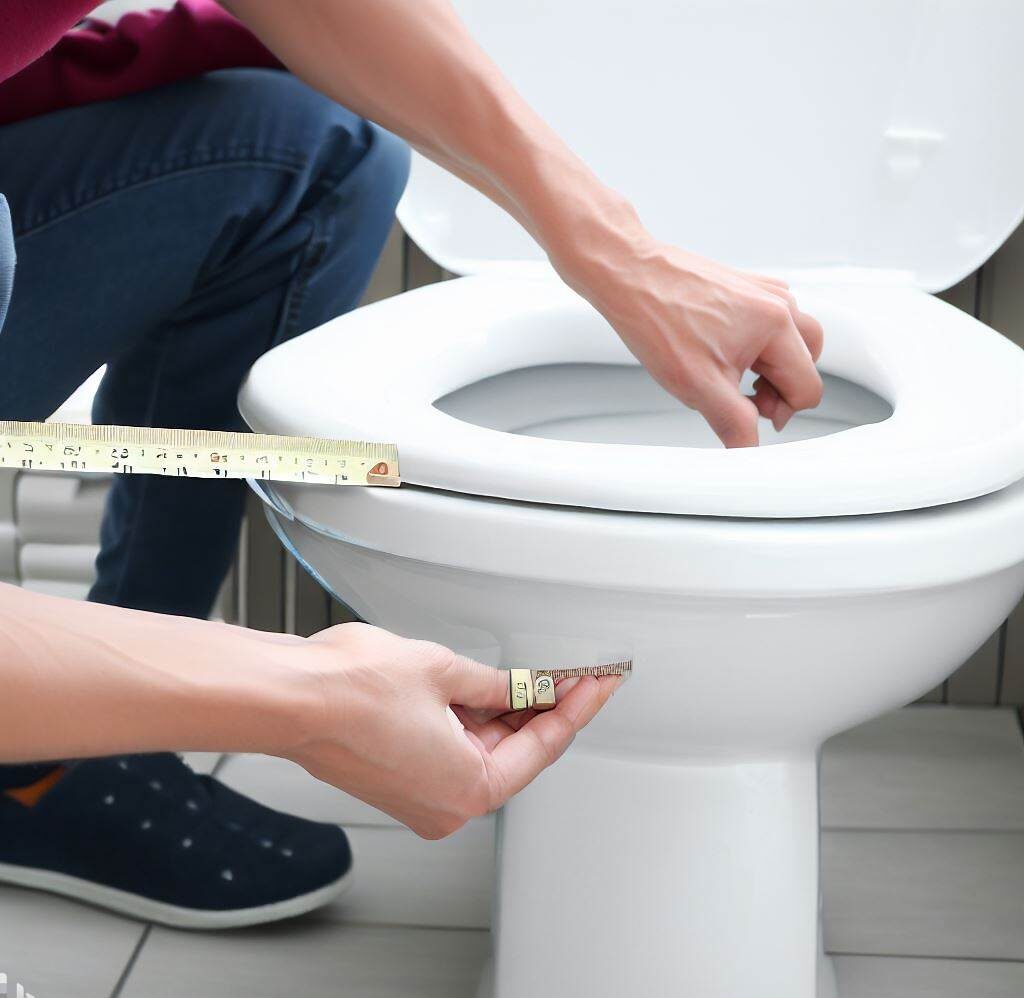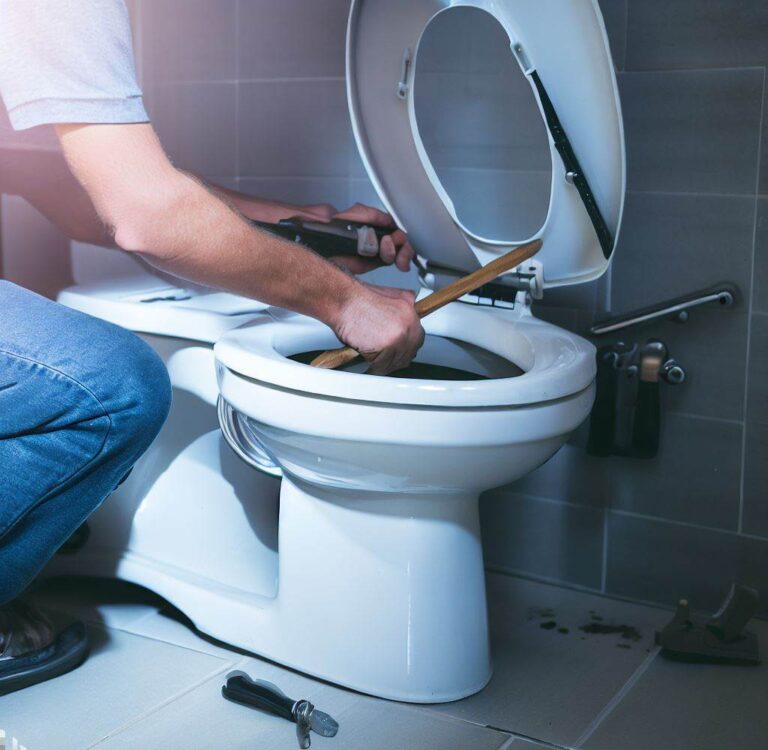How to Measure a Toilet Seat: A Detailed Guide with Steps, Tips, and Choosing the Right Fit

When it comes to home improvements, even the smallest details matter. One such detail that often goes unnoticed is the toilet seat. Whether you’re replacing an old one or installing a new toilet, knowing how to measure a toilet seat is absolutely essential. This guide will walk you through the steps and factors to consider when measuring a toilet seat.
Understanding Toilet Seat Sizes
Before we delve into the process of measuring a toilet seat, it’s important to understand that toilet seats come in two standard sizes: round and elongated. A round toilet seat typically measures approximately 16 1/2 inches, while an elongated one measures around 18 1/2 inches. The size of the toilet seat you choose should be based on the measurements of your toilet bowl.
Toilet seats are not one-size-fits-all. They come in different shapes and sizes to accommodate the various models of toilets available in the market. The two most common shapes are round and elongated, but there are also specialty sizes for unique toilet designs.
Step-by-Step Guide How to Measure a Toilet Seat
Step 1: Measure the Distance Between the Bolts
The first step in measuring a toilet seat is to measure the distance between the seat bolts. These are the bolts that secure the seat to the toilet bowl. The space between these bolts is typically 5 1/2 inches. Use a tape measure to determine the distance from the center of one bolt to the center of the other.
This measurement is crucial because it determines the spacing of the hinges on the toilet seat. If the spacing is off, the seat will not fit properly on the toilet bowl.
It’s also worth noting that the standard spacing for most toilets is 5 1/2 inches, but there can be variations, especially in older or custom-made toilets.
Step 2: Measure the Width of the Bowl
Next, measure the bowl’s broadest point in terms of its width. This is usually the broadest part of the toilet bowl. The standard width for most toilet seats is between 14 to 14 1/2 inches.
This measurement is important because it ensures that the seat will cover the bowl completely. A seat that is too narrow will not provide enough coverage, while a seat that is too wide may not fit on the bowl properly.
Step 3: Measure the Length of the Bowl
The final measurement you need to take is the length of the bowl. This is the distance from the seat bolts to the front edge of the bowl. Depending on whether your toilet is round or elongated, this measurement will be around 16 1/2 inches or 18 1/2 inches, respectively.
The length of the bowl determines the shape of the toilet seat. Round bowls require round seats, while elongated bowls require elongated seats. It’s important to get this measurement right to ensure that the seat fits the bowl correctly.
Choosing the Right Toilet Seat Material
Once you have your measurements, you can choose a toilet seat that fits your toilet perfectly. Toilet seats come in various materials, including high-impact plastic and wood coated in plastic.
The material you choose will depend on your personal preference and the overall design of your bathroom.
High-impact plastic is a popular choice because it is durable, easy to clean, and resistant to stains and scratches. Wood, on the other hand, offers a warm, traditional look and can be coated in plastic for added durability.
There are also special materials available for those recovering from surgery or childbirth, such as cushioned seats.
Installing Your New Toilet Seat
After you’ve selected and purchased your new toilet seat based on the measurements, the final step is to install it. This involves removing the old seat, cleaning the surface, and tightening the new seat in place. If you encounter any issues during the installation process, don’t hesitate to seek help from professionals.
The installation process begins with removing the old seat. This is usually done by unscrewing the nuts that hold the seat in place.
Once the old seat is removed, clean the surface of the toilet bowl to remove any dirt or grime. This ensures a clean, hygienic surface for the new seat.
Next, align the bolts of the new seat with the holes in the toilet bowl. Insert the bolts and tighten the nuts. Be careful not to over-tighten, as this can crack the toilet bowl. Once the seat is securely in place, check for any movement. If the seat wobbles, tighten the nuts a bit more until the seat is stable.
Conclusion
Measuring a toilet seat may seem like a minor task, but it’s an essential part of ensuring your bathroom is comfortable and functional.
By following these steps, you can ensure that you choose a toilet seat that fits your toilet perfectly.
Remember, when it comes to home improvements, every detail counts.






